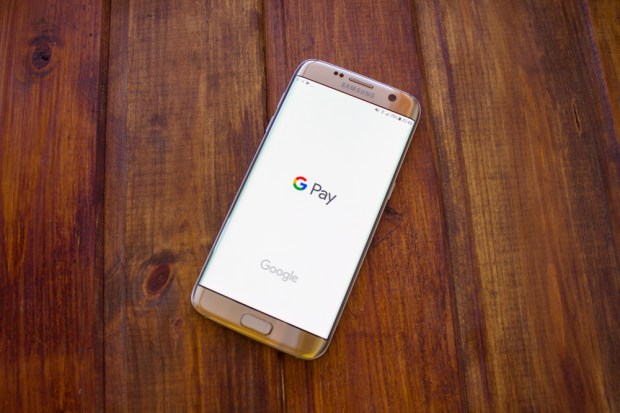Google Pairs With Indian Banks On Consumer Loans

Google has announced that it is partnering with select Indian banks to offer consumers instant, pre-approved loans via Google Pay (formerly known as Tez).
Last year, the company launched Tez, its digital payments app for India. This week, Google announced that it is rebranding the app as Google Pay, as the company plans an expansion into other areas of Asia.
Less than a year after launch, the app is now used by 22 million people and businesses every month to pay bills, book bus rides or split checks with friends. Since the app is built on the BHIM UPI, users can send money to anyone, even if the recipient is on another payments app. So far, its users have made over 750 million transactions worth over US$30B annually (200 thousand crore rupees).
Now, Google is teaming up with HDFC Bank, ICICI Bank, Kotak Mahindra Bank and Federal Bank to offer instant, pre-approved loans to customers “right within Google Pay in a matter of seconds,” the company revealed in a blog post.
“When we build for India and next billion user markets, we are building for everyone. India is now one of the world leaders in digital payments innovation, and we’re even more motivated to continue our efforts to support India’s digital transformation,” the company said.
Google added that in the coming weeks, customers will be able to use the app to take out a customized loan from their banks with minimal paperwork. Once they accept the bank’s terms, the money is deposited securely and instantly into their bank accounts.
There are also reports that the company is planning to launch the app in other countries. In April, Diana Layfield, head of Tez and vice president of Google’s next billion users initiative, said there is a shortlist of three Asian markets and one other market country for Tez’s next launch. Layfield revealed that the company initially looked across Latin America, the Middle East and Africa.
“We designed it for India first, but we were very much thinking about global market growth users,” Layfield said. “We have learned a huge amount about user interface design for payments systems. It would still need to be tweaked [for other markets], but there are some big common threads around simplicity” and the design of payment interfaces.
